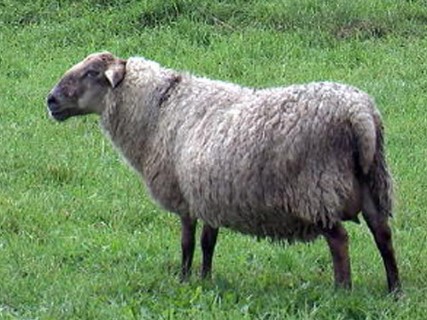The Saeftinger sheep, a relatively recent addition to the agricultural landscape, emerged around 1986 through a deliberate crossbreeding program. The breed's unique genetic composition stems from the union of a Romanov ram with Suffolk ewes, resulting in a distinctive lineage that bears the imprint of both parental breeds. Reflecting its origins, the breed derives its name from the salt meadows where it roams and grazes, embodying a symbiotic relationship with its coastal habitat.
Highly regarded for its culinary attributes, Saeftinger meat is celebrated as a culinary delicacy prized for its exceptional flavor and quality. Renowned for its succulence and tenderness, Saeftinger lamb is favored by discerning palates and esteemed chefs alike, elevating it to the status of a gastronomic treasure.
In addition to its culinary prowess, Saeftinger sheep are valued for their prolific breeding capabilities. Mature ewes exhibit impressive fecundity, typically averaging 2.2 lambs per lambing, while ewe lambs demonstrate a commendable fecundity rate of 2.0 lambs. This exceptional reproductive performance often results in three lamb crops within a span of two years, highlighting the breed's remarkable fertility and breeding efficiency.
Notably, both ewes and rams of the Saeftinger breed are characterized by their hornless physiques, distinguishing them from other breeds and contributing to their streamlined appearance. This absence of horns enhances handling safety and facilitates ease of management, underscoring the breed's suitability for diverse husbandry practices and agricultural settings.
